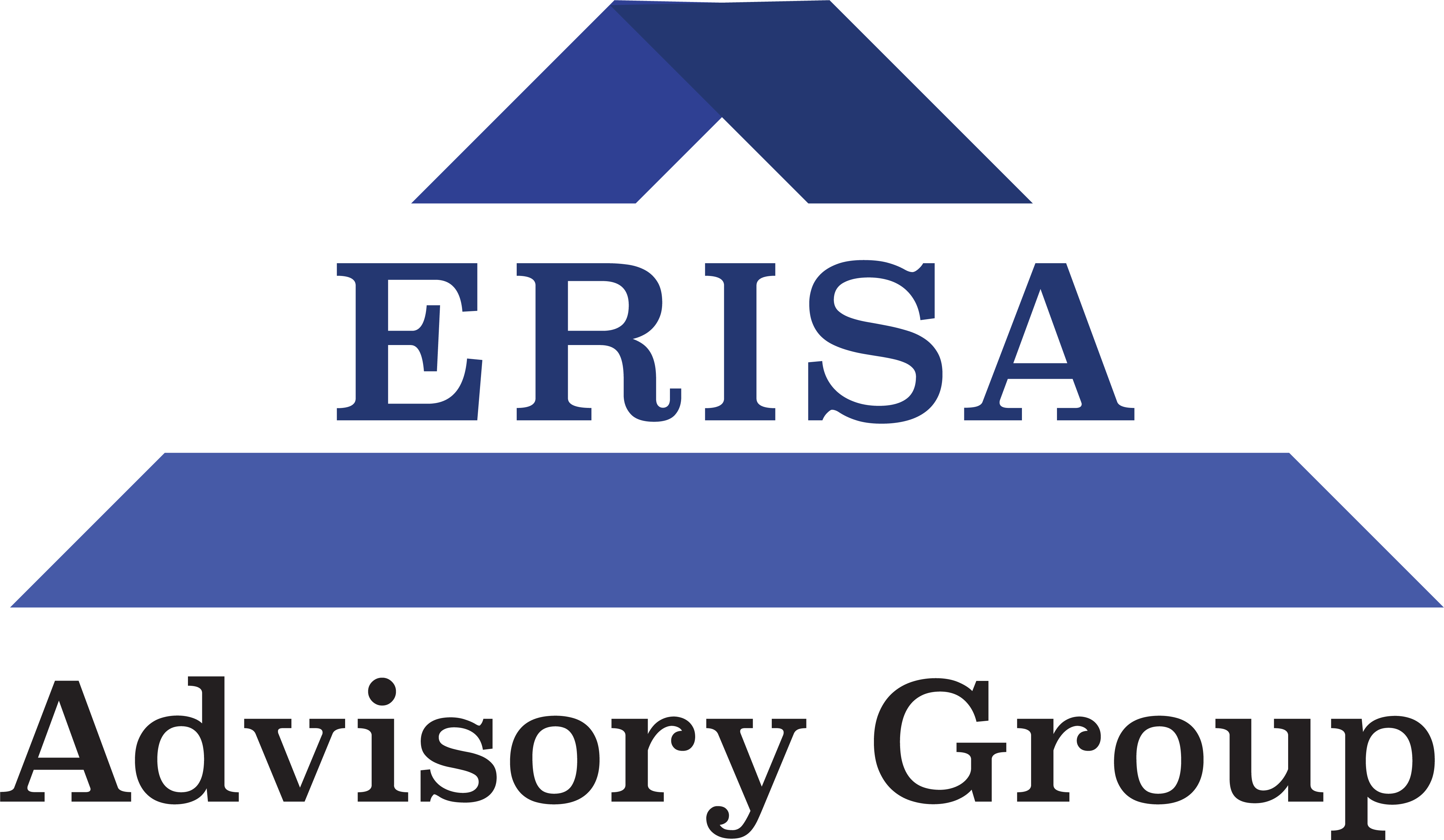ERISA Insider Vol II., Ed. XI: How To Choose Service Providers For Your ERISA Plan
Remember these rules, procedures and potential pitfalls when selecting service providers for your plan.
Dear Employer,
As a plan fiduciary, one of your top priorities is selecting the right service providers for your organization’s health or retirement plan.
While there are many options out there, it is crucial that you follow the rules spelled out in ERISA to stay fully compliant with the law.
Each year when the DOL and IRS review your Form 5500, they look carefully at Schedule C for any inconsistencies or potential problems with your payments to third-party service providers.
In this ERISA Insider Newsletter, we will dive into the different problems these agencies look for so you can avoid or correct them. And, we’ll also cover a proven process for choosing the services providers that are best for your plan.
Beware: Paying The Wrong Service Provider Could Be A Prohibited Transaction Under ERISA
One of the key items the DOL looks for when reviewing your annual Form 5500, or plan documents during an audit, is transactions with parties in interest.
An example of this would be if you have a brother-in-law who owns a Third Party Administration (TPA) services company, and you pay that company out of plan assets to provide services for your plan.
Since you are doing business with a family member on behalf of your plan, you are considered to be engaging in a transaction with a party in interest, which is prohibited under ERISA.
It’s important to note these ‘prohibited transactions’ are not limited to family members. Section 3(14) of ERISA spells out numerous types of parties in interest which may constitute a prohibited transaction if they are paid with plan assets.
There are certain instances where you can obtain an exemption from the DOL, if you can provide evidence that the transaction is in the best interest of plan participants and beneficiaries.
However, since ERISA was created to prevent employers from benefiting from their own interests over employees and their beneficiaries, you must exercise caution when engaging in these transactions to ensure you are not violating compliance standards.
In previous editions of ERISA Insider, we’ve outlined the rules for navigating parties in interest, prohibited transactions, and prohibited transactions exemptions. Read those for more information about this topic.
ERISA Requires Fiduciaries To Assess Service Providers’ “Reasonableness of Fees”
As a fiduciary, you must always be making decisions that benefit the interests of plan participants and their beneficiaries over the employer. This is especially true when selecting service providers that will be paid using plan assets.
The test the DOL uses to determine whether a service provider is acceptable for your plan is the “reasonableness of fees” they are paid from the plan.
Often when a company engages with a service provider, the fees being paid for services rendered are higher than they should be.
If the costs associated with these services are above the fair market value, that is a prohibited transaction.
ERISA requires that fees paid out to the third party service provider are “reasonable” when compared with other service providers who are providing the same level and quality of service.
If the DOL suspects you are overcharging participants & beneficiaries for services when reviewing your plan documents, they may decide to investigation your plan or conduct a full audit by the Employee Benefit Security Administration (EBSA).
Plan fiduciaries under ERISA, are personally liable for choosing the best option on the market that is both reasonable in cost and delivers the required service based on the needs of the plan.
Use The RFP Process To Select The Best Option
The method for selecting the best service provider for any area of your plan is the Request For Proposal (RFP) Process.
When conducting the RFP process, a plan fiduciary must conduct a market check to compare proposals from different service providers for the same service package.
Here are a simple set of steps to get you started:
- Identify an area that requires a service provider to properly administer or operate the plan
- Clearly define the scope of the service needed to achieve the objective, and create a formal RFP that details the services that are required from each provider
- Make a list of service providers who may be able to fulfill that need
- Schedule a call with a sales rep from each company to conduct fact finding about the scope of work and submit your RFP
- Review all proposals and compare each offer, from the features of the service package to the price
- Select the option that delivers the service package you require at the most reasonable cost
Consider Hiring An ERISA Independent Fiduciary To Conduct The RFP Process For You
At the ERISA Advisory Group, our independent fiduciaries have decades of experience doing RFPs for services in every industry relating to health and retirement plans.
If you want to save time and frustration by relying on an expert who knows these markets, and can accurately determine which service fees are ERISA compliant, read more about our Request For Proposal services.

